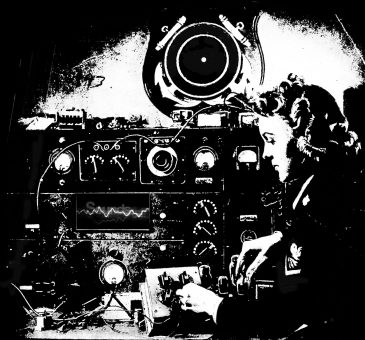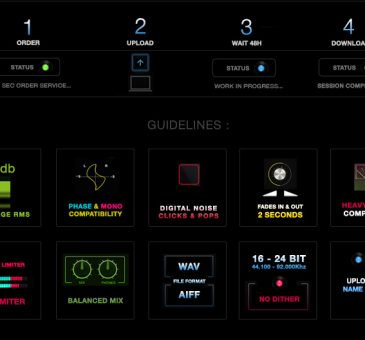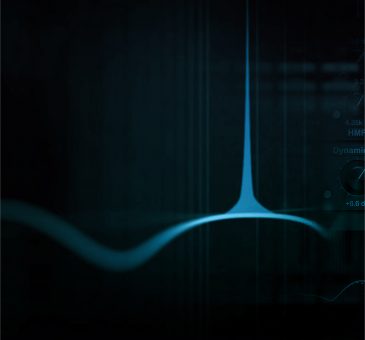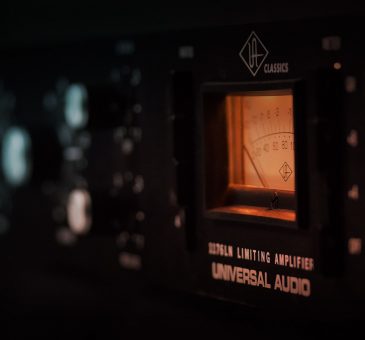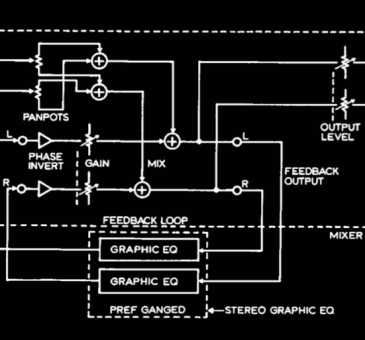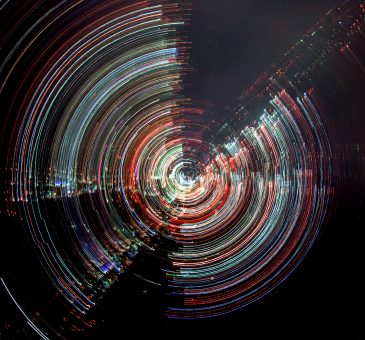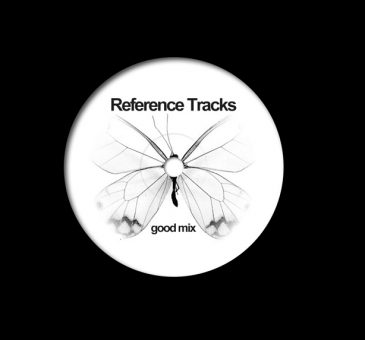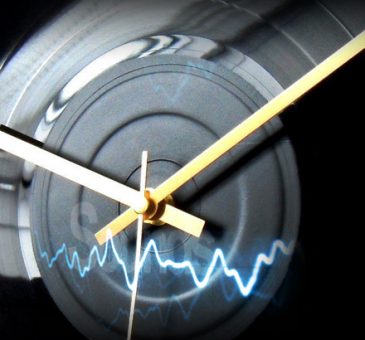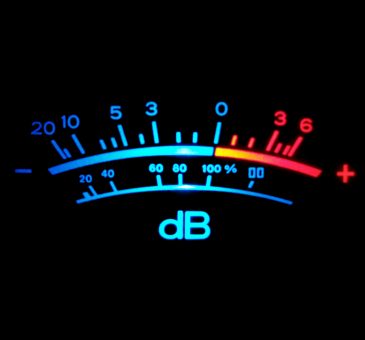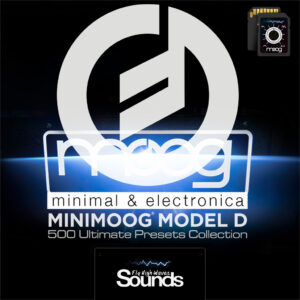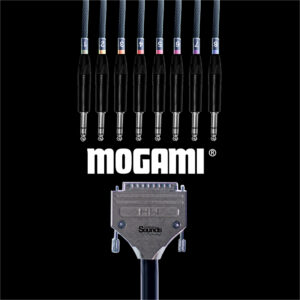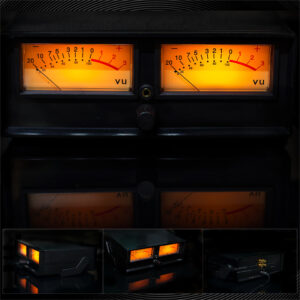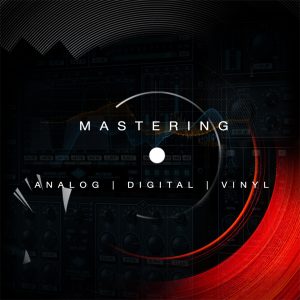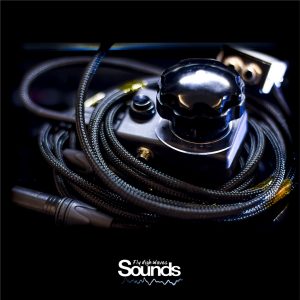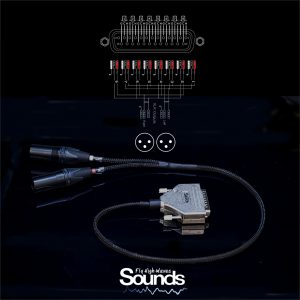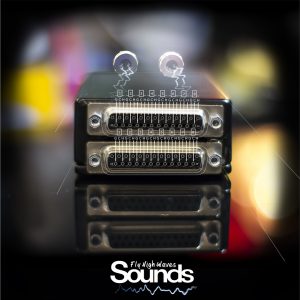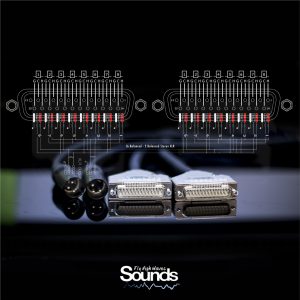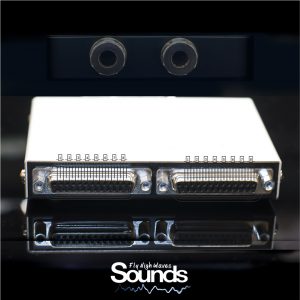Ideas regarding Analog Summing
What is Analog Summing Anyway?
Before we dive into an explanation of analog summing, it’s helpful to understand what summing is. Summing is the process by which all of the tracks and busses in a song are combined into one stereo track. This may sound a lot like the definition of “mixing,” but summing is a different process than mixing. Mixing is the work that a mixing engineer performs through level adjustments, panning, equalization, and so on in order to make a mix ready for release. Summing is simply the work that your DAW or console does to turn the different tracks that you have prepared with EQ and other effects into one stereo track.
For many people, the summing process occurs completely in-the-box and happens while bouncing down a final mix. You can choose to bounce it down in real time or expedite the process, but in either case, your DAW is crunching 1’s and 0’s to produce a stereo file.

Sending Tracks for a Mastering Service (Guidelines Explained)
Studio setup combines the accuracy of digital and the character of analog processing to give your masters the benefit of both worlds. We call it hybrid mastering. By reading about our proach you can better understand the overall process and be more aware of all process benefits.
[Read More]

Mid/Side EQ In Mastering
Mid/Sides (or M/S) recording techniques are favoured by many engineers for a number of reasons during the recording, mixing and mastering stages, and it’s the last that we’ll look at here.
Mastering is always a hot topic. Most of us love to use the latest technique to make our masters bigger, badder and usually louder. Unfortunately, not all mastering techniques get as much airtime as others, and M/S processing is one of these lesser known subjects.

The choices of compressor circuit types.
Looking at the different characters of various compressors and their suitability for particular instruments, different compressor types will suit particular songs and styles of music more than others and this is because of the way that they sound and the way that they respond.
Let’s look at the different types in Logic / Ableton or Outboard gear:

Stereo Shuffling | New Approach – Old Technique
A technique that has been known but almost unused for over 30 years. This is the stereo ‘shuffler’. Although many recording engineers and studios don’t realise it they already have the equipment to produce a marked improvement in the stereo quality of many of their recordings.
What is a shuffler, and how come you didn’t know you had one?

What sounds better, tube or solid-state electronics?
I thought it would be fun to contrast and compare the tubes vs. solid-state debate with the analog vs. digital standoff. I’d readily concede that solid-state/transistor components are, watt for watt, cheaper, more reliable, cooler running, smaller and lighter in weight. But if solid-state is so terrific why haven’t tubes become extinct in the half century since transistors came onto the scene? Maybe, just maybe, because tubes sound better?

The Importance of Focus for a Successful Career in Music
There isn’t just one straight path for every musician, engineer, or producer in the music industry. Aside from making records for artists, think of all the other types of music that’s being produced. There are TV and movie scores, and Broadway soundtracks, just to name a few. Whatever your interests are, I think there’s one topic worthy of conversation: your career path. By the time you move to a major music metropolis like London or NYC, your concept of how to make money has to change. It’s possible you’ve been able to wear many hats before, switching your focus to follow the quick money.

Reference tracks in post production & music production.
Usually mixing analysis is great, but it is impractical to learn hundreds of mixes thoroughly or carry them around just in case we want to refer to them. It is better to focus on a few selected mixes, learn them inside out, analyze them to the smallest detail of every mixing aspect and have them readily accessible when needed.Some mixing engineers carry a CD compilation with a few reference tracks (mostly their own past mixes) and upon the occasion refer to them. The novice might refer to his reference tracks on a more frequent basis. MP3 players are also used, often with the music stored in a lossless format. When mixing at home or in ones’ studio, some have a specific folder on the hard drive with selected mixes.

The ability to work fast.
Beginnings can be hard when learning something new – most guitar players experienced some frustration before they could change chords quickly enough or produce a clean sound. It is not fun to work on a single verse for a whole day and still be unhappy with the mix at the end. As experience accumulates, it takes less time to choose tools and utilize them to achieve the desired sound. Also, our mixing visions become sharper and we can crystallize them quickly. Altogether, each task takes less time, which leaves more time to elevate the mix or experiment. Needless to say, the ability to work fast is essential for hired mixing engineers, who work under busy schedules and strict deadlines.

Louder perceived better?
Back in 1933, two researchers at Bell Labs, Harvey Fletcher, and W.A. Munson, conducted one of the most significant experiments in psychoacoustics. Their experiment was based on a serious of tests taken by a group of listeners. Each test involved playing a test frequency followed by a reference tone of 1 kHz. The listener simply had to choose which of the two was louder. Successive tests involved either a different test frequency or different levels. Essentially, what Fletcher and Munson tried to conclude is how louder or softer different frequencies had to be in order to be perceived as loud as 1 kHz. They compiled their results and charted a graph known as the Fletcher?Munson Curves.



